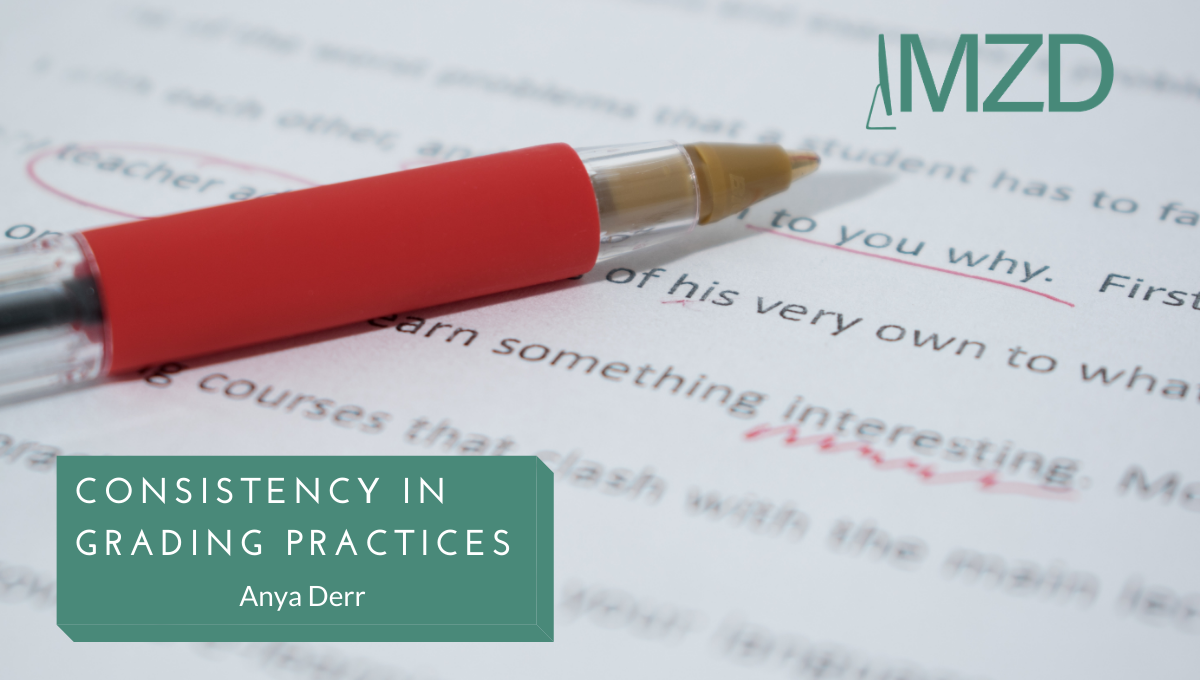My kids couldn’t be more different when it comes to school. My son, an 18 year old senior in high school who is extremely intelligent, has never cared much about his grades despite my husband’s and my constant concern and prompting. My fifth grade daughter on the other hand, bursts into tears if she forgets to turn in a homework assignment. Although grades ultimately represent a student’s ability to master content and successfully complete tasks, grades can mean very different things to different people, including educators.
Grading can be a very subjective process. Many areas are simple, the answer is a yes or no; a clearly defined answer, 2 + 2 = 4. However, evaluating performance tasks like writing an essay or creating a piece of visual art are less clear cut. All students have their own life experiences, backgrounds, attitudes and learning styles which play a role in how they process information and express themselves. Teachers may provide a sample essay outline and define performance task requirements but how each individual student approaches that assessment task will differ. As equitable and objective as we aim to be, educators also see through our own individual lens; subconscious bias and personal experience can influence how we evaluate student work.
In order to be consistent, not only in our own scoring of work but consistent with other educators teaching the same content and giving the same assessments, there needs to be a way to enable common best practices around grading. Collaboration is key. Educators need to have the resources in order to work together efficiently to establish common rubrics and to review and norm diverse student work. Teachers at one school site at each grade level or one content area may work together to norm and score but what about between schools, across entire districts? Simply evaluating student work from one student population at one school site doesn’t ensure consistent grading practices. It also makes it difficult at the district level to identify how students are really performing. This is why having the right technology resources for scoring and collaboration are so essential.
Teachers need to be exposed to different levels of student work, have discussions with their colleagues and come to a consensus about how work should be scored. This enables teachers to have clear parameters for grading and to identify how best to support their students. Collaboration around grading also provides districts with consistent, more accurate data to better understand student achievement and identify gaps. But above all, as a teacher, it provides job embedded professional learning that will ensure a more objective and equity driven evaluation of student work.



